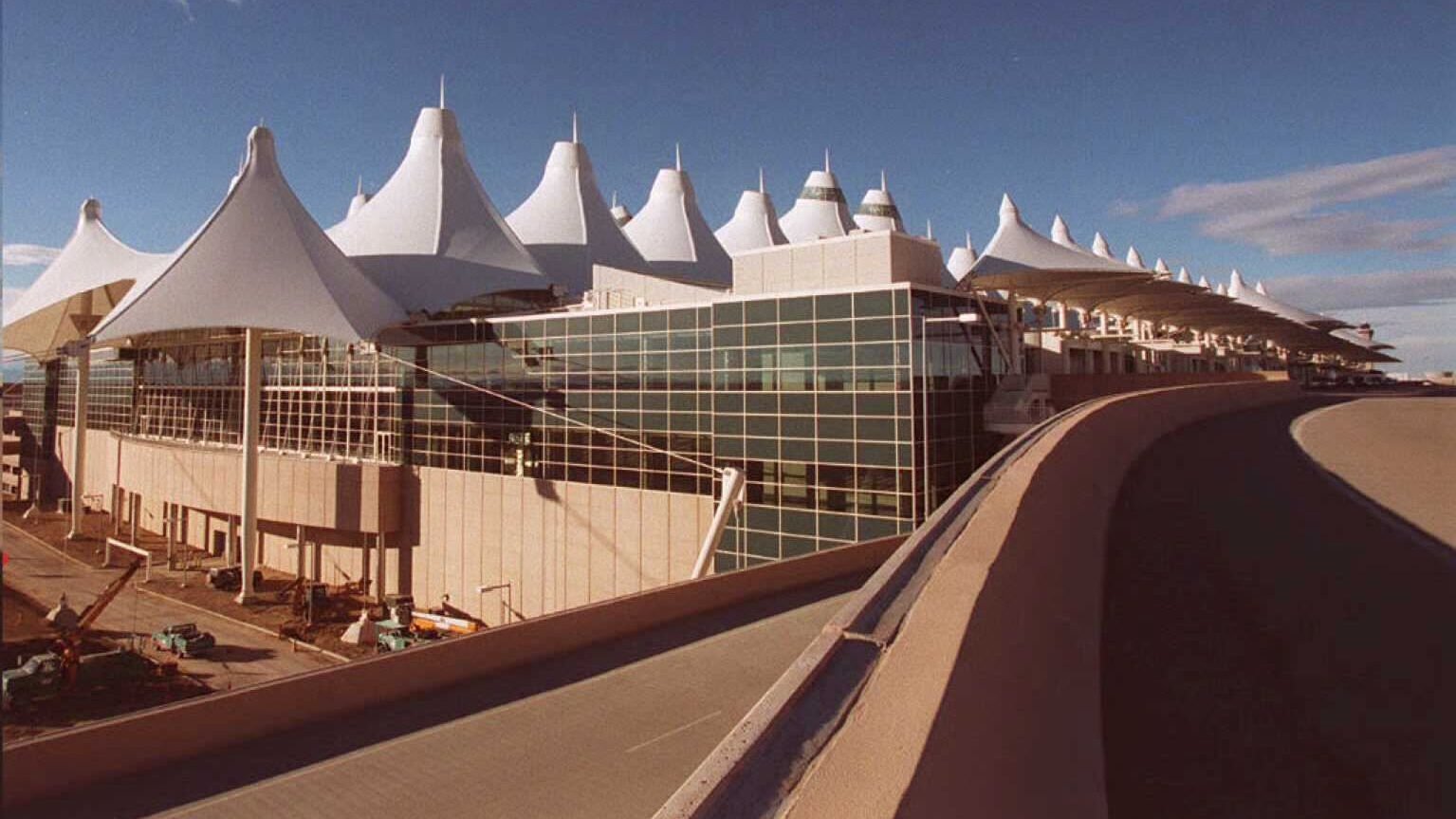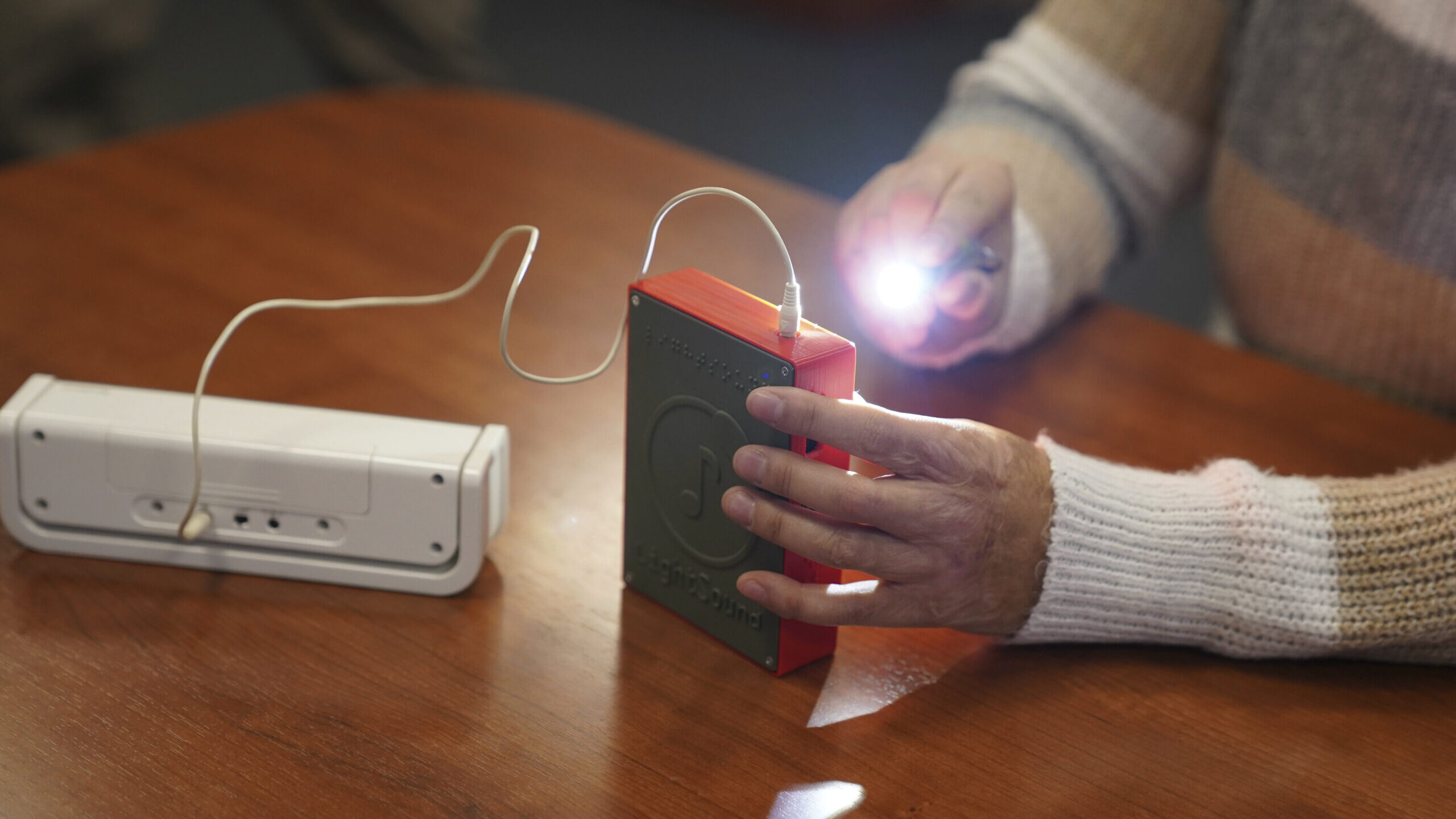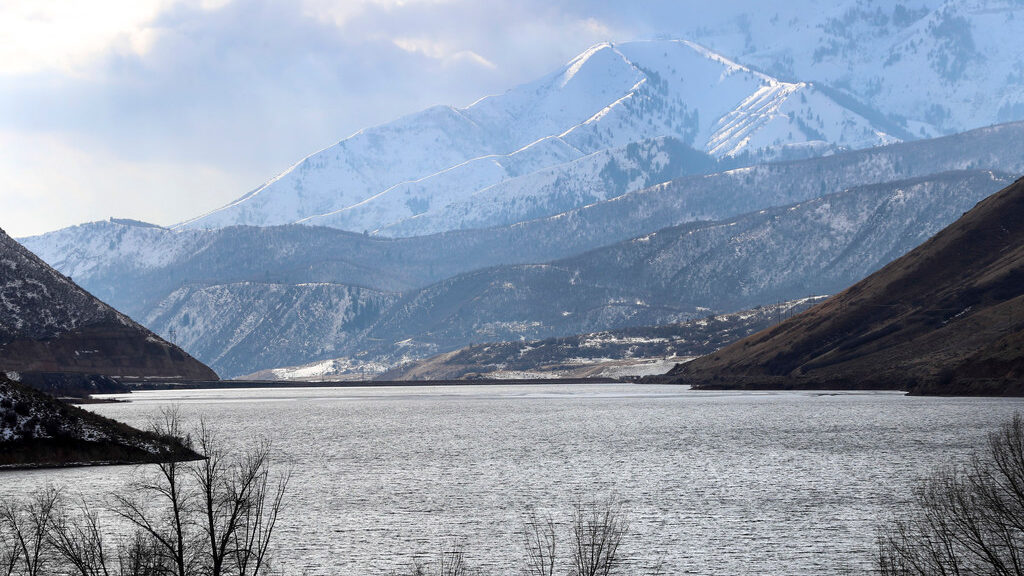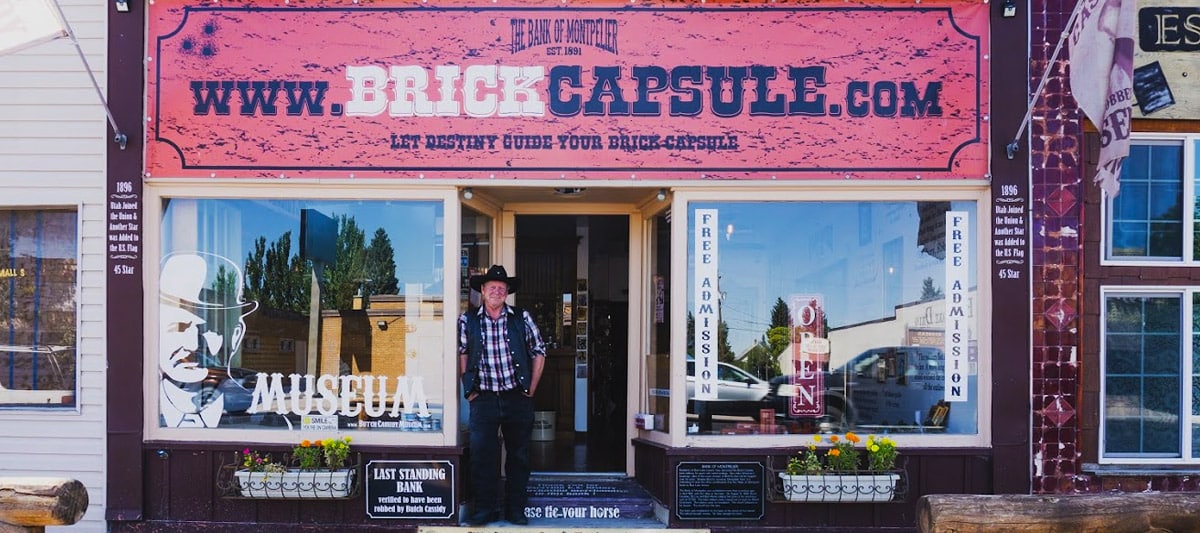Utah receives grant to study the indium deposit in West Desert
Nov 9, 2022, 5:00 PM
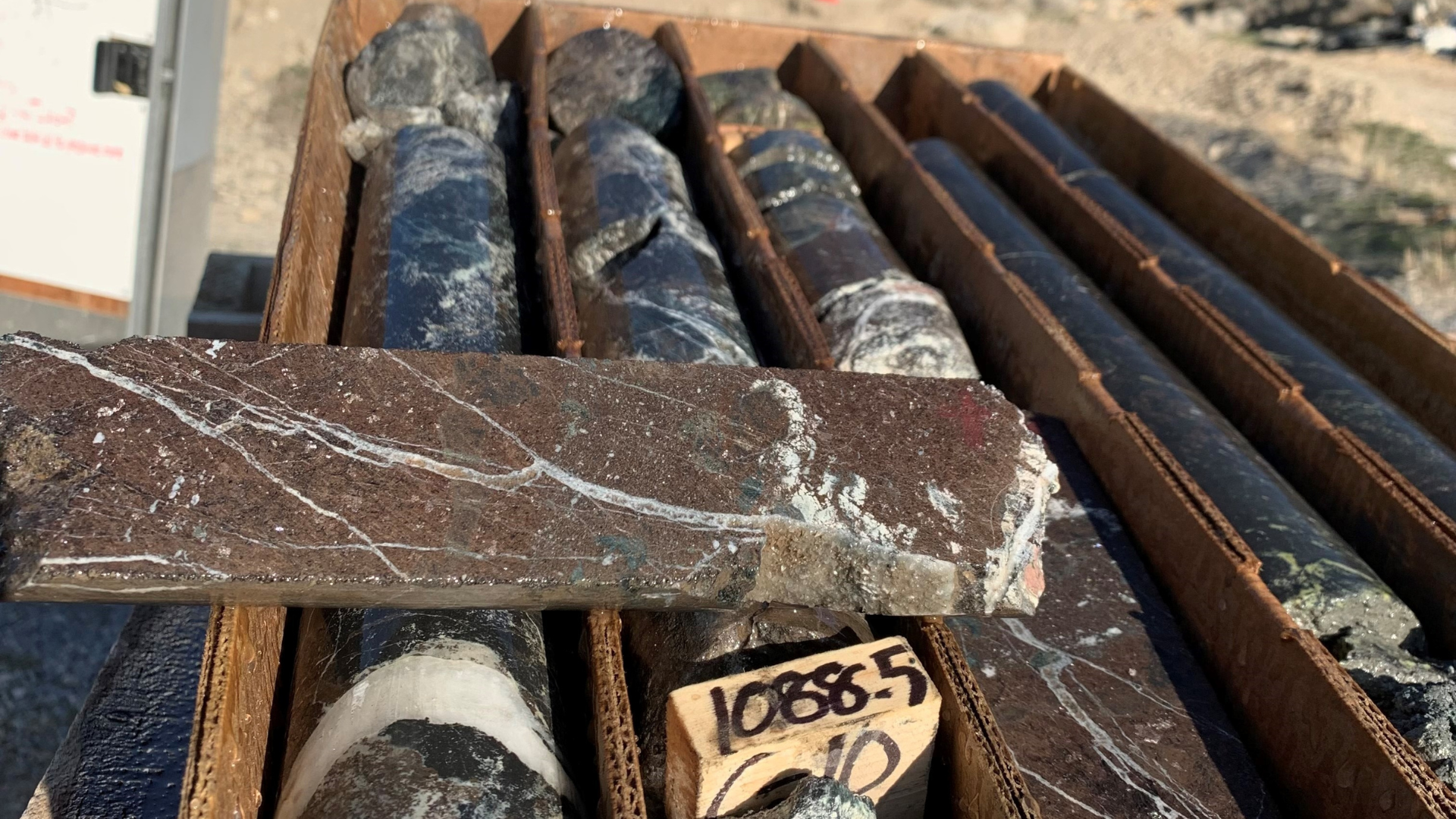
Drill cores found in West Desert during exploration in 2022. The cores contain Sphalerite, is shiny mineral known for its zinc content. But in Utah's West Desert, it also contains high levels of the indium mineral which is used in the creation of touch screens. (Utah Geological Survey)
(Utah Geological Survey)
SALT LAKE CITY — Right now, there’s only one place in the United States considered to be an established, confident resource for indium. That’s a mineral that when combined with tin and oxide turns into the clear protective coating on smartphones and display screens.
Manufacturers also use indium to make windshields and solar panels.
And after a grant from its federal counterpart, the Utah Geological Survey will lead a study to learn more about indium, found in abundance in Juab County’s West Desert.
It’s found elsewhere too, including Utah’s own Bingham Copper Mine. But researchers say it’s in the most abundant supply in West Desert.
Utah Geological Survey Senior Geologist Dr. Stephanie Mills said they want to know why.
“This type of deposit, we have lots of them through Utah and Nevada and the Great Basin here in the U.S., but none of them are known to have this level of indium enrichment,” Mills told KSL NewsRadio.
Indium is also found in Arizona. That deposit is not as large as the West Deserts.
“It’s historically been known that there is some indium (in Arizona) but it’s not very much and it’s not well constrained,” Mills said.
“So West Desert is not only the most confident resource that we have, it’s also the largest,” said Mills
The grant from the U.S. Geological Survey will allow Utah researchers to learn why an indium-enriched deposit formed in San Juan County.
Mills said their goal is to use what they learn to find similar resources.
According to a press release, the Utah Geological Survey will complete the project in three years. American West Metals Ltd., is also involved in the project. American West Metals is developing the West Desert deposit.
Researchers estimate there is enough indium in the West Desert to meet consumer demand for approximately 10 years.



